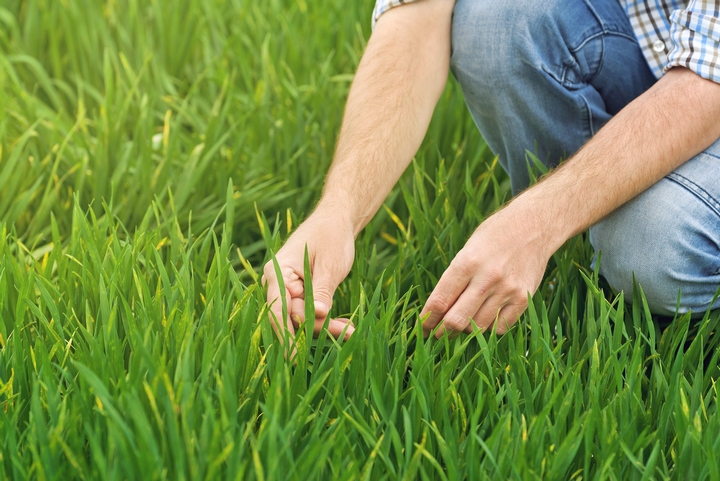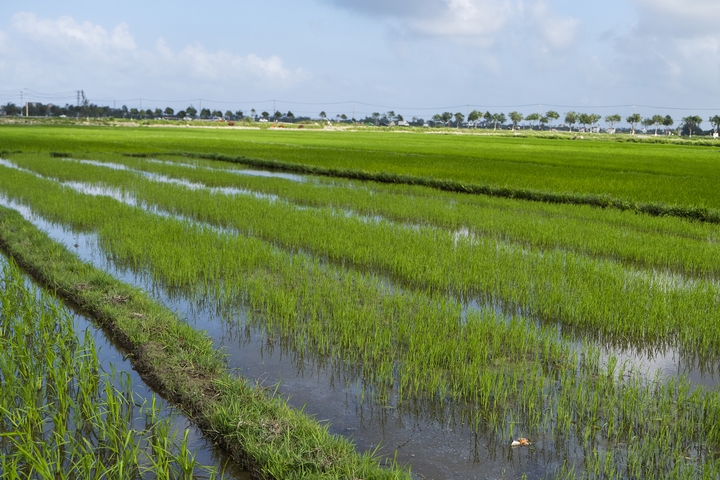With an irrigation system, you get to keep the grass lush and green irrespective of the climate. Designing and installing an efficient irrigation system is a detail-oriented, thorough process, which varies from land to land.
Some spaces may be more involving to work on than others. A professionally installed, well-designed irrigation system will sip water instead of guzzling it. When this system is equipped with irrigation filters, the area will be supplied with clean and sufficient amounts of water.
There are several essential issues you need to consider before you install irrigation systems. These include how many zones to install, how to connect it to the water supply, and how to prevent back-flow.
To help you understand the process better, below are eight tips for how to install irrigation systems:
1. Remove Sod

Remove the sod before you dig any hole and put it back once the work is complete. This helps maintain the appeal of your yard. Water the area to ensure it’s moist but not soggy. Soggy soil is susceptible to compaction.
Next, use an edger to cut parallel strips in the sod. Pry up one end and slide a fork under it. Lift the strips, but make sure you don’t destroy the grassroots. Using a fork shakes the loose soil on the sod back to the surface. Lastly, roll up the strips.
2. Pulling the Pipes
In order to install irrigation systems, it would help if you had a vibratory plow to pull the pipes through the ground. This method is easier and faster than digging trenches. It doesn’t leave a huge mess.
Shoot the plow about 10 inches deep while avoiding tree roots. Note that the length of the roots from the surface is similar to the distance between the ground level to the tree’s canopy. Insert the pipe into the hole. Avoid pulling spliced pipes since they might separate when underground.
If the soil is super-compacted, use a trencher instead. A vibratory plow might not work. Some plows can bore horizontally, which is handy for areas that need digging under an obstruction such as a driveway or sidewalk.
3. Cut out Kinks
Kinks create weak spots in the pipe. Straightening them out doesn’t solve the problem. Cutting them out is a more permanent solution. Don’t use a saw to cut the pipes since it leaves plastic shavings behind. The shavings tend to clog sprinkler heads. Instead, use a poly pipe cutter. It’s cheap, readily available, and does a great job.
Once you get rid of the kinks, use a coupler to splice the two pipes together and add extra clamps, then hook the more extended section of the spliced pipe to the plow.
4. Hand-Dig around Utilities
 When you install irrigation systems, it’s essential to hand-dig around marked utility lines as it gives you more control. Don’t assume the depth of the utilities since the soil conditions are likely to change over time. Also, keep in mind that the locator markers show the direction in which the lines run and the approximate location. However, this doesn’t indicate depth.
When you install irrigation systems, it’s essential to hand-dig around marked utility lines as it gives you more control. Don’t assume the depth of the utilities since the soil conditions are likely to change over time. Also, keep in mind that the locator markers show the direction in which the lines run and the approximate location. However, this doesn’t indicate depth.
Use a shovel to make the soil loose and work at an angle. The shovel will slide along the surface in case it comes into contact with the utility line.
5. Double-clamp Main Lines
It’s easy to secure pipes into fittings using crimp clamps. Though this method is quick, sometimes pipes are squished into an oval shape. As a result, they end up causing a faulty connection.
You need a perfect connection for lines that lead to the zone valves. This is because they’re always pressurized. To avoid leaks, install two crimp rings on every side of a fitting connection and stagger the ears on the clamps. This provides extra protection and counteracts any pipe distortions.
6. Use a Valve Box
The purpose of a valve box is to protect the valve and other parts of the irrigation system such as flush valves, gate valves, back-flow preventers, ball valves, air relief valves, multiple drip emitters, and wire splices. They’re made of thermoplastic, a strong material that’s suitable for underground use.
Overcutting access holes in the box leaves extra room for the pipes. This way, the pipes don’t get crushed in case the box is run over by a vehicle when the soil is saturated. For wire connections in the box, use connectors that have been approved for direct burial. This is any tube containing dielectric grease.
7. Install Heads with Swing Pipe
 Swing pipes are also known as funny pipes. They are flexible enough to allow one to position the sprinkler head exactly where it’s needed. They also allow the head to move if it’s pushed by frozen ground or run over by a vehicle.
Swing pipes are also known as funny pipes. They are flexible enough to allow one to position the sprinkler head exactly where it’s needed. They also allow the head to move if it’s pushed by frozen ground or run over by a vehicle.
If a rigid poly pipe is connected directly to the head, the slightest movement can cause the connecting fitting to crack. To avoid this, install a swing pipe between the head and the poly pipe.
8. Use Self-Tapping Fittings
Once you pull the pipes underground, it gets difficult to install traditional tee fittings. It’s easier to install self-tapping fittings on a continuous run of pipe to enable one to tap heads directly into it. These fittings are also known as saddles.
Snap the self-tapping fitting onto the pipe and then screw-in the spike that taps into the piping run. With this connection, all you need is to hook up the swing pipe to the saddle, then hook up the sprinkler head onto the swing pipe.
Installing irrigation systems will improve the quality of your grass. However, for best results, you’re better off leaving the task to certified professionals.




